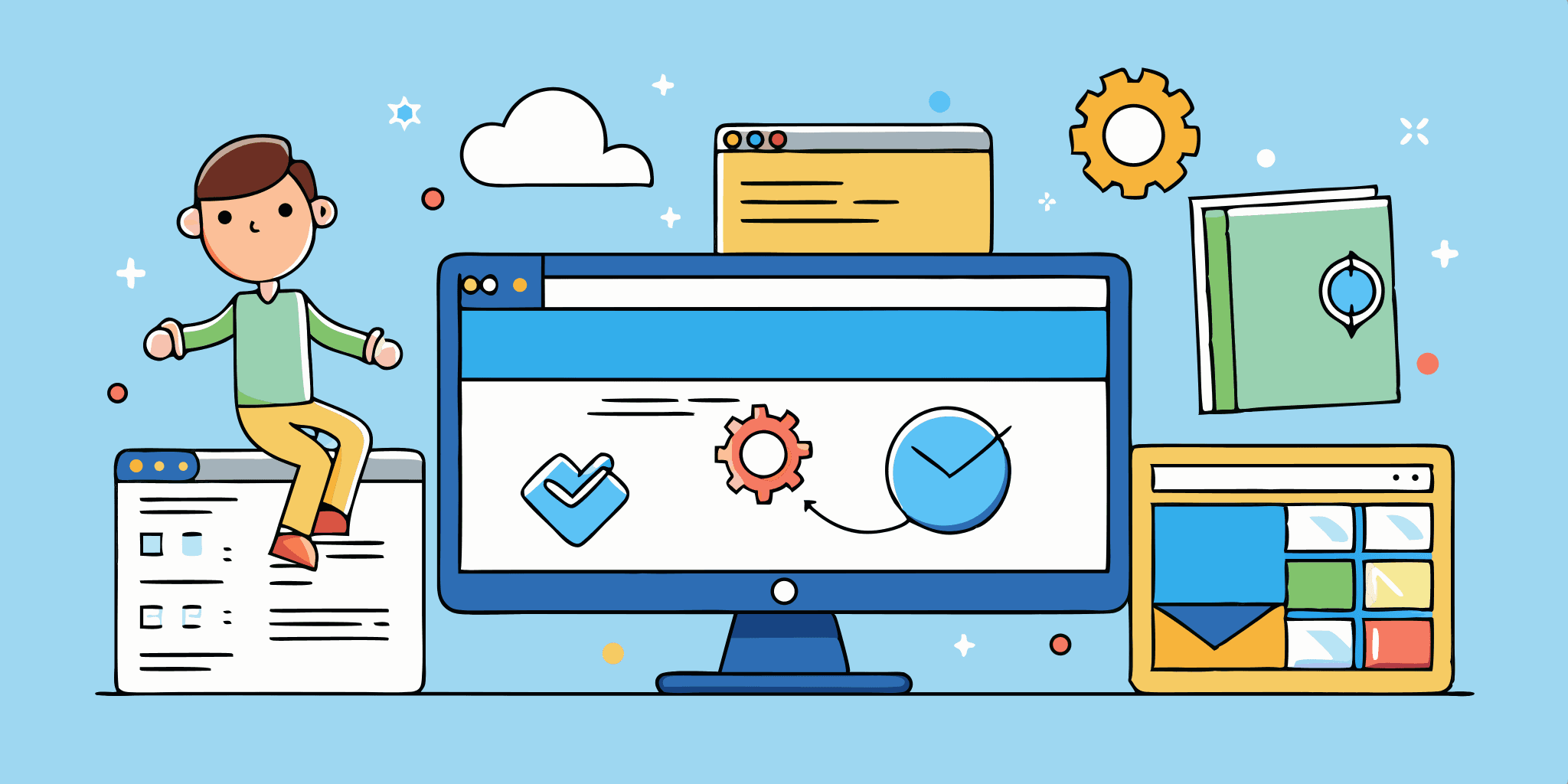

Web Development
What Is Web Development?
Web development is the process of creating websites and web applications for the internet or a private network (intranet). It includes everything from simple static pages to complex platforms like Amazon, Netflix, or Gmail.
Web development can be divided into three main parts:
Frontend (Client-side)
Backend (Server-side)
Full-stack (Both)
Frontend Development: What You See
Frontend developers build the parts of a website that users interact with directly — the layout, buttons, animations, forms, and content.
Core technologies:
HTML (HyperText Markup Language): The structure of the webpage.
CSS (Cascading Style Sheets): The styling and layout.
JavaScript: Adds interactivity and dynamic behavior.
Popular frameworks/libraries:
React.js
Vue.js
Angular
Tailwind CSS
Bootstrap
Tools frontend devs use:
Code editors (VS Code)
Browser dev tools
Figma/Sketch (for UI design)
Backend Development: What You Don’t See
The backend is like the engine under the hood. It’s responsible for storing, processing, and securing data, and making sure everything on the front end works properly.
Backend technologies:
Languages: Node.js, Python, PHP, Ruby, Java, Go
Databases: MySQL, PostgreSQL, MongoDB, Firebase
Frameworks: Express.js, Django, Laravel, Spring
What backend devs do:
Manage databases
Create APIs
Handle authentication (login systems)
Ensure security and performance
Full-Stack Development: The Best of Both Worlds
A full-stack developer works on both the front and back ends. They understand how everything fits together, making them super versatile.
Many startups love full-stack devs because they can handle the entire web app from top to bottom.
Popular full-stack stacks:
MERN: MongoDB, Express.js, React, Node.js
MEAN: MongoDB, Express.js, Angular, Node.js
LAMP: Linux, Apache, MySQL, PHP
Django + React
Web Development Workflow
Here’s a typical development journey for building a site or app:
Plan – Understand the purpose, features, and user goals.
Design – Create wireframes and UI/UX prototypes.
Develop Frontend – Build the interface using HTML/CSS/JS.
Develop Backend – Set up the server, database, and APIs.
Test – Check for bugs, errors, and user issues.
Deploy – Launch the site using platforms like Vercel, Netlify, or AWS.
Maintain – Update content, patch bugs, and improve performance.
Tools Web Developers Use
Code editors: Visual Studio Code, Sublime Text
Version control: Git + GitHub
Package managers: npm, Yarn
Task runners: Webpack, Gulp
Deployment platforms: Vercel, Netlify, Heroku, AWS, DigitalOcean
APIs: To connect external data/services
Responsive Web Design
Today’s users are on phones, tablets, laptops, and more. Developers must build responsive websites that look good and work well on any screen size.
Tools and techniques:
Media queries
Flexbox and Grid
Mobile-first design approach
Don’t Forget Security
Web developers must protect user data and prevent attacks. Basic security practices include:
HTTPS encryption
Input validation
Authentication & authorization
Protecting against XSS and SQL injection
Web Dev Trends
AI-powered coding assistants
Jamstack architecture (faster static websites with dynamic features)
WebAssembly (WASM) for high-performance web apps
Headless CMSs like Strapi and Sanity
Serverless functions
Progressive Web Apps (PWAs)
Web development is a mix of creativity, logic, and problem-solving. It’s one of the most in-demand skills globally, and the barrier to entry is lower than ever. With some practice and curiosity, you can literally build the internet.
FAQ
Aksked & Question
The specific goals of a marketing agency can vary depending on the client's needs, industry.
1. What services does your agency offer?
Provide an overview of the primary digital services your agency specializes in, such as digital marketing, web development, design, etc. Feel free to customize these based on the specific services, policies, and practices.
2. What industries does your agency work with?
Provide an overview of the primary digital services your agency specializes in, such as digital marketing, web development, design, etc. Feel free to customize these based on the specific services, policies, and practices.
3. What sets your agency apart from others in the industry?
Provide an overview of the primary digital services your agency specializes in, such as digital marketing, web development, design, etc. Feel free to customize these based on the specific services, policies, and practices.
4. What is your pricing structure or payment process?
Provide an overview of the primary digital services your agency specializes in, such as digital marketing, web development, design, etc. Feel free to customize these based on the specific services, policies, and practices.

